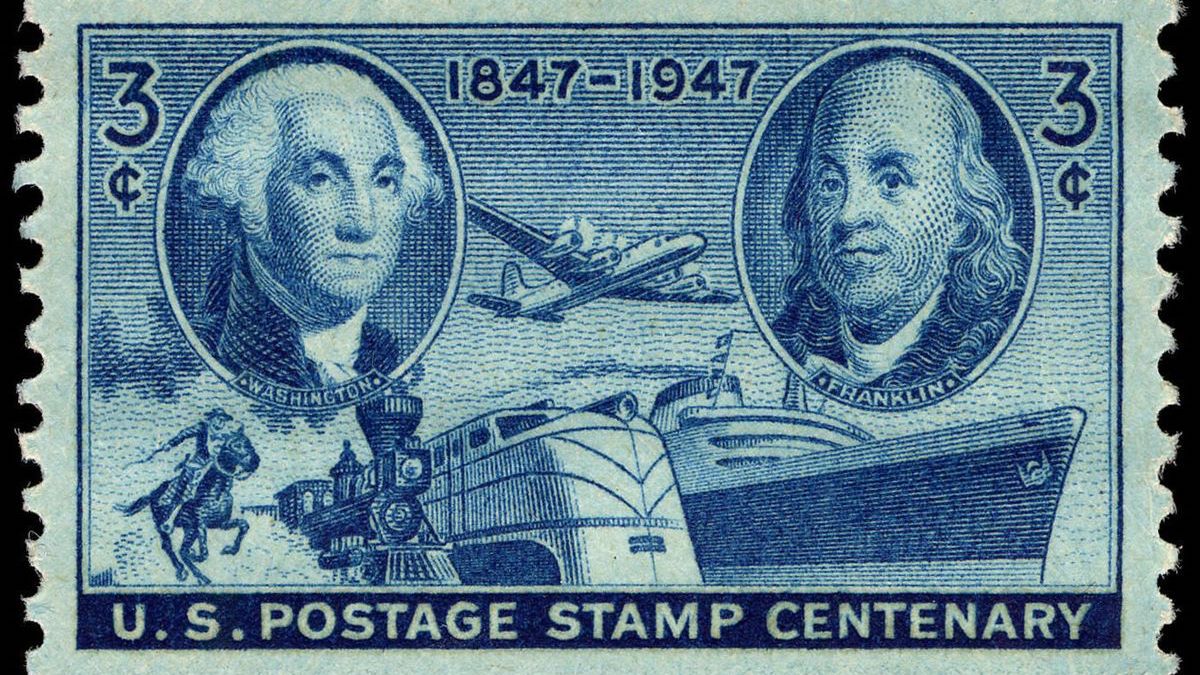In a way, some stamps set people up for confusion. Younger Americans, newcomers, and others may look at a “Forever” stamp and assume this means it never expires. They would be correct but only accidentally (but they would be wrong to believe a stamp without that label did expire).
“Forever” actually refers to how long the stamp covers the full price of mailing a (one-ounce) letter. Before the Forever stamp, introduced in 2007, you’d buy a stamp for, say, 37 cents. But if you didn’t use it for a year or two, you’d suddenly have an inconvenience. The cost of mailing would rise with inflation, perhaps to 39 cents, and your old stamp wouldn’t cover the cost. So you’d have to go out and buy a couple of one-cent stamps to make up the difference, or buy a new 39-cent stamp. Forever stamps sidestep that hassle. You make one purchase and the mailing cost is always covered.
Regardless of whether you have a Forever stamp or a denominated stamp (the inconvenient kind with a set monetary value, which still exists), there is no expiration date. Stamps never expire. Whether partially or fully, they will cover the cost of mailing your letter or package. The real concern is damaged stamps — anything more than a small tear renders a stamp invalid.
The only other caveat is that stamps from 1860 or earlier cannot be used. (Of course, you’re likely a collector if you have one that old, and wouldn’t give it up.) The Civil War created this regulation. In 1861, Abraham Lincoln’s postmaster general, Montgomery Blair, oversaw the invalidation of all U.S. stamps to erase hundreds of thousands of dollars of Southern state wealth (millions in today’s money) and disrupt communications. The North printed new stamps, launching the current generation of accepted postage. Unless a policy like that occurs again, your modern stamps are good to go.










Published: May 13, 2024 12:52 pm